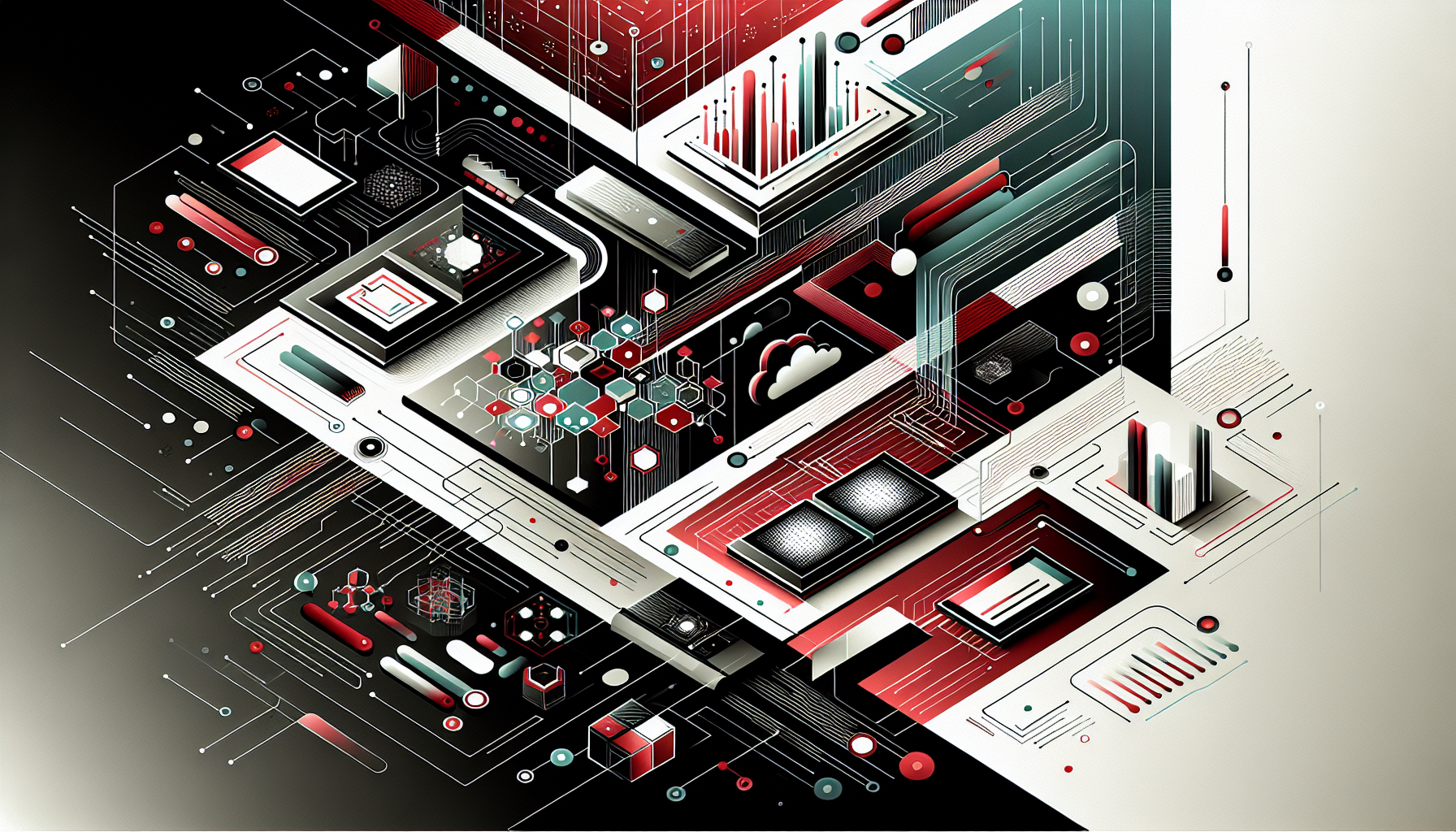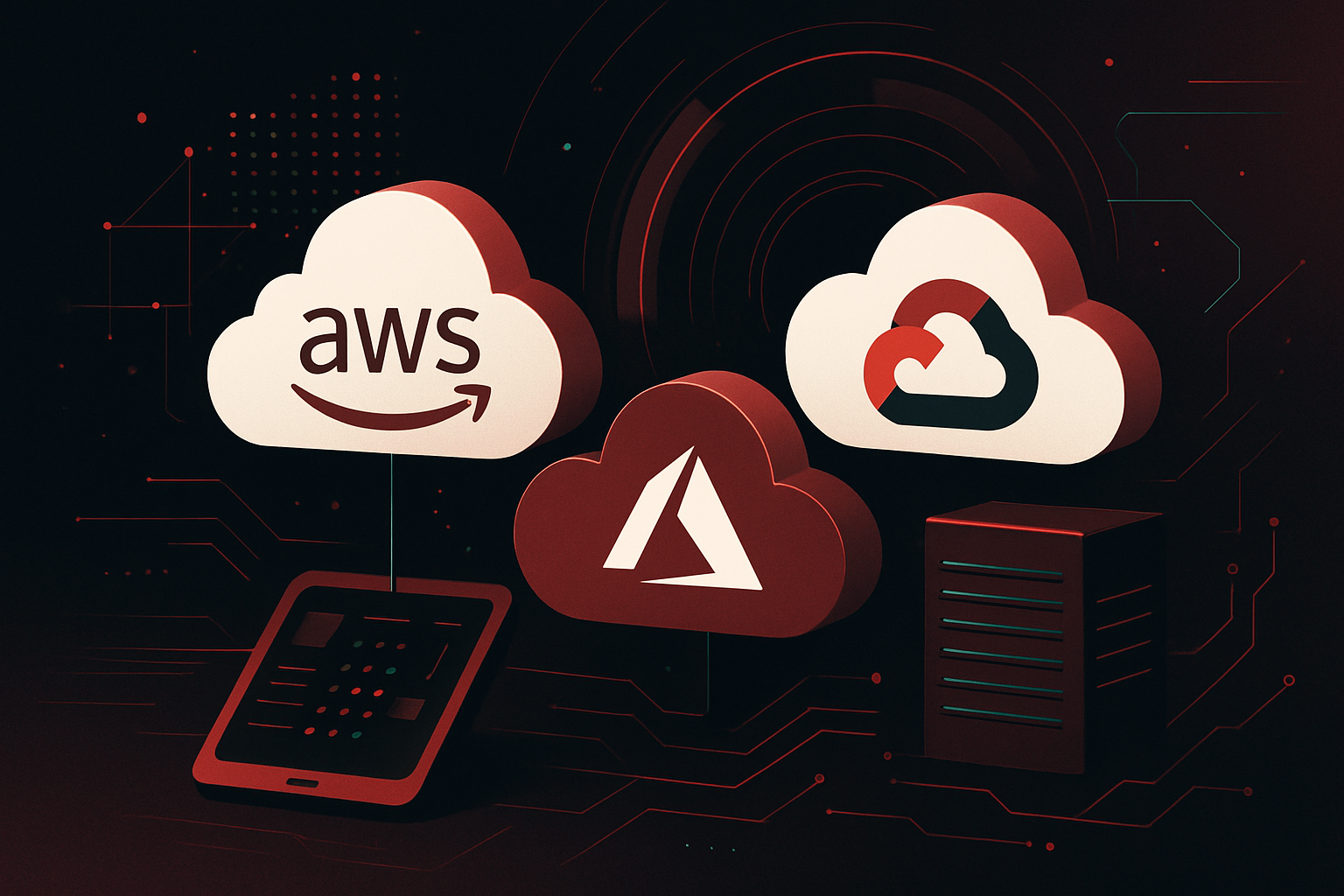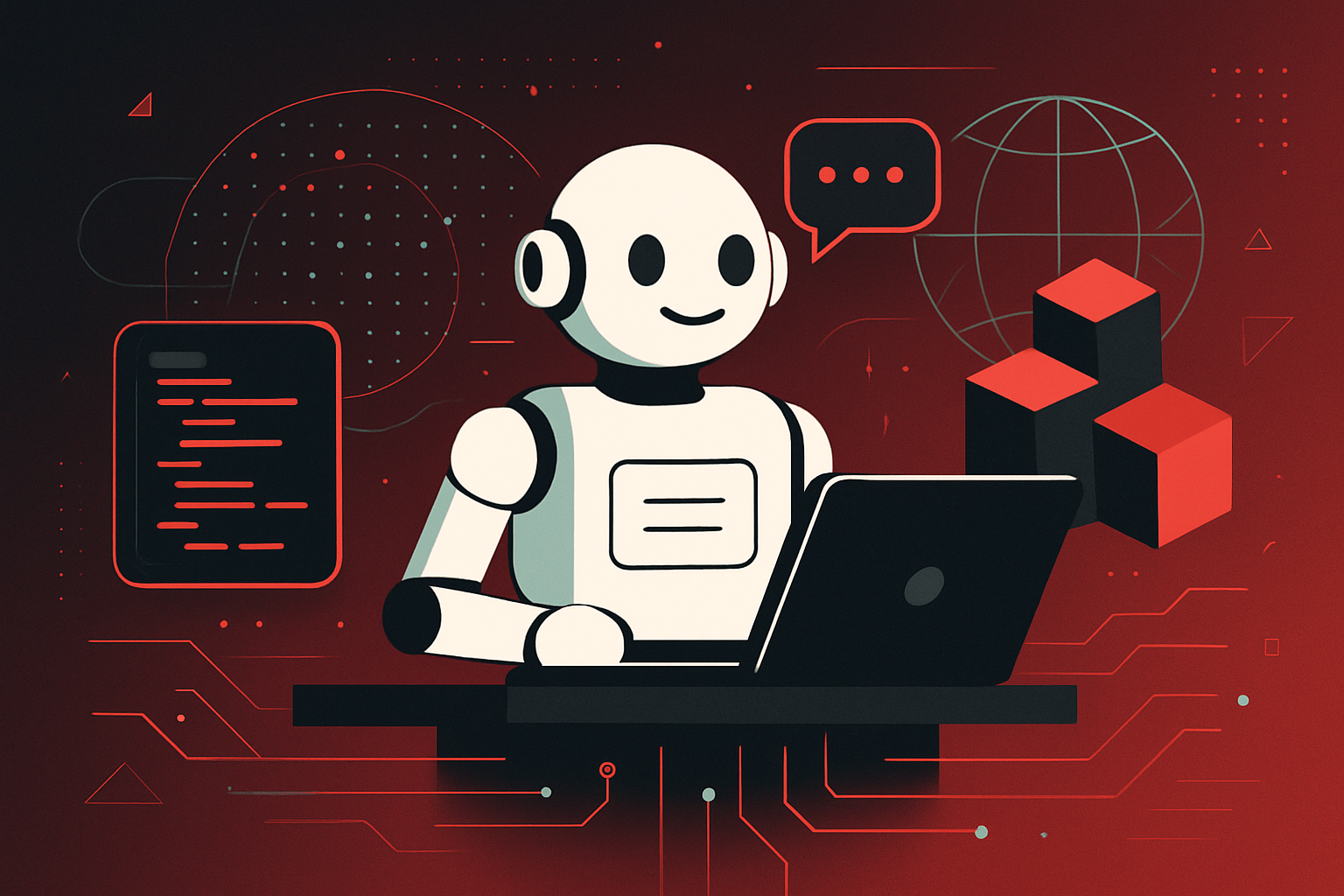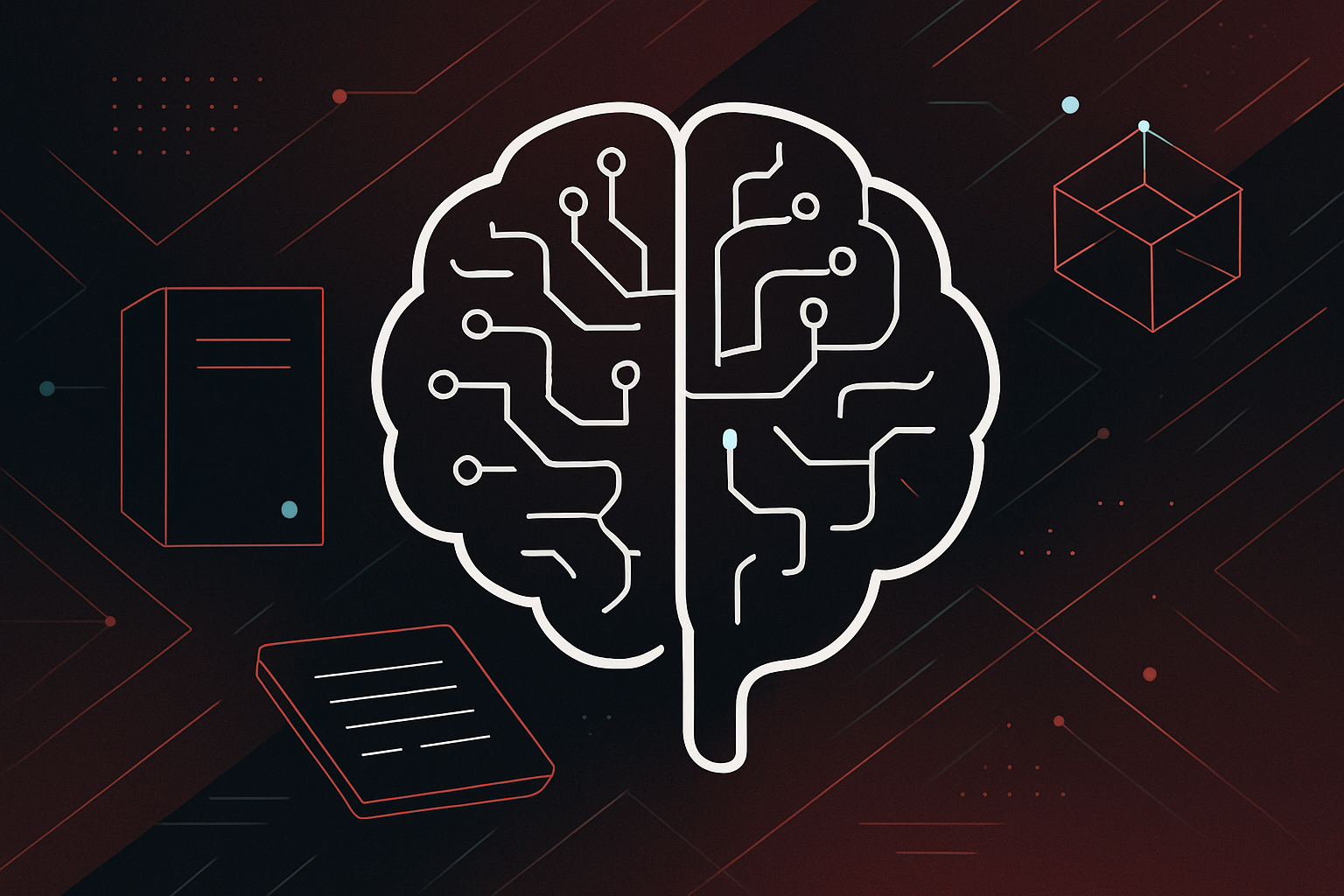Apple vs Samsung: Which Ecosystem Fits You Best?

Apple vs Samsung: Which Ecosystem Fits You Best?
Hardware Integration and Design
Apple: Seamless Integration
Apple’s ecosystem is renowned for its seamless integration across devices. When you invest in Apple products, you’re not just buying a device but entering an interconnected world:
- Design Consistency: Apple’s design philosophy ensures that every product, from iPhones to MacBooks, shares a consistent aesthetic and user interface.
- Handoff and Continuity: Features like Handoff allow you to start a task on one Apple device and seamlessly continue it on another. For example, you can begin drafting an email on your iPhone and finish it on your Mac.
Samsung: Versatility and Compatibility
Samsung’s ecosystem offers versatility and compatibility with a wide range of devices and platforms:
- Diverse Product Range: Samsung provides a broad array of devices, from smartphones to smart TVs, all capable of interacting with each other.
- Open Ecosystem: Samsung’s compatibility with other Android devices and platforms like Windows can be advantageous for users who prefer not to be locked into a single brand.
| Feature | Apple | Samsung |
|---|---|---|
| Device Integration | Seamless, proprietary systems | Versatile, open to other brands |
| Aesthetic Consistency | High | Moderate |
| Cross-Platform Support | Limited | Broad |
Software and User Experience
Apple: Intuitive and User-Friendly
Apple’s iOS and macOS are designed for intuitive use, providing a smooth and consistent user experience:
- User Interface: Known for its simplicity, iOS offers a clean and easy-to-navigate interface.
- App Ecosystem: The App Store is highly curated, ensuring apps meet stringent security and quality standards.
Samsung: Customization and Flexibility
Samsung’s Android-based systems offer a high degree of customization:
- One UI: Samsung’s user interface, One UI, is designed to simplify interactions on larger screens and includes features like Dark Mode and Edge Panels.
- Customization: Android’s open nature allows users to customize their device extensively, from widgets to custom ROMs.
| Feature | Apple | Samsung |
|---|---|---|
| User Interface | Simple, consistent | Customizable, feature-rich |
| App Store | Curated, secure | Diverse, open |
| Customization Options | Limited | Extensive |
Ecosystem Services
Apple: Comprehensive and Integrated
Apple offers a suite of services that are deeply integrated into its ecosystem:
- iCloud: Provides seamless file syncing across devices.
- Apple Pay: Secure payment system available on all Apple devices.
- Apple Music, TV+, and Arcade: Content services that enhance the Apple experience.
Samsung: Flexible and Wide-Ranging
Samsung provides a range of services, often leveraging third-party partnerships:
- Samsung Cloud: Offers basic cloud services, though less comprehensive than iCloud.
- Samsung Pay: Compatible with a wider range of payment terminals than Apple Pay.
- Content Partnerships: Collaborations with various content providers offer diverse entertainment options.
| Service | Apple | Samsung |
|---|---|---|
| Cloud Services | iCloud, robust integration | Samsung Cloud, basic functionality |
| Payment Systems | Apple Pay, limited to Apple devices | Samsung Pay, broader compatibility |
| Content Services | Exclusive Apple services | Diverse partnerships |
Inter-Device Communication
Apple: AirDrop and AirPlay
- AirDrop: Facilitates quick file sharing between Apple devices without needing a third-party app.
- AirPlay: Allows streaming and screen mirroring from Apple devices to Apple TV and compatible speakers.
Samsung: SmartThings and Quick Share
- SmartThings: Samsung’s app for controlling smart home devices and syncing Samsung products.
- Quick Share: Samsung’s alternative to AirDrop, enabling fast file sharing between Samsung devices.
| Feature | Apple | Samsung |
|---|---|---|
| File Sharing | AirDrop | Quick Share |
| Media Streaming | AirPlay | Compatible with various platforms |
| Smart Home Integration | HomeKit | SmartThings |
Security and Privacy
Apple: Privacy-Centric
Apple has positioned itself as a leader in privacy:
- Data Encryption: Strong encryption across devices and services.
- Privacy Features: Features like App Tracking Transparency give users control over their data.
Samsung: Security Features
Samsung also emphasizes security, though with a slightly different approach:
- Samsung Knox: A defense-grade security platform for Samsung devices.
- Privacy Controls: Similar to Apple’s, though integrated within the Android framework.
| Feature | Apple | Samsung |
|---|---|---|
| Data Encryption | Strong, device-wide | Robust, with Knox |
| Privacy Controls | User-centric, transparent | Comprehensive, integrated |
Developer Ecosystem
Apple: Closed but Strong
Apple’s ecosystem is known for its closed nature, but it provides robust tools for developers:
- Xcode: Apple’s integrated development environment (IDE) offers a comprehensive suite for developing apps on iOS and macOS.
- Swift: A powerful and intuitive programming language designed by Apple for building apps.
Samsung: Open and Flexible
Samsung, leveraging Android, provides a more open environment:
- Android Studio: Google’s official IDE for Android development, used by Samsung.
- Java/Kotlin: Widely used programming languages for Android app development, offering flexibility and a large developer community.
| Feature | Apple | Samsung |
|---|---|---|
| Development Tools | Xcode, Swift | Android Studio, Java/Kotlin |
| Platform Openness | Closed | Open |
| Developer Community | Large, but gated | Vast, open |
By understanding the specific features and strengths of Apple and Samsung, you can choose the ecosystem that best aligns with your personal and professional needs. Whether you prioritize seamless integration, customization, or security, both brands offer compelling options.





0 thoughts on “Apple vs Samsung: Which Ecosystem Fits You Best?”